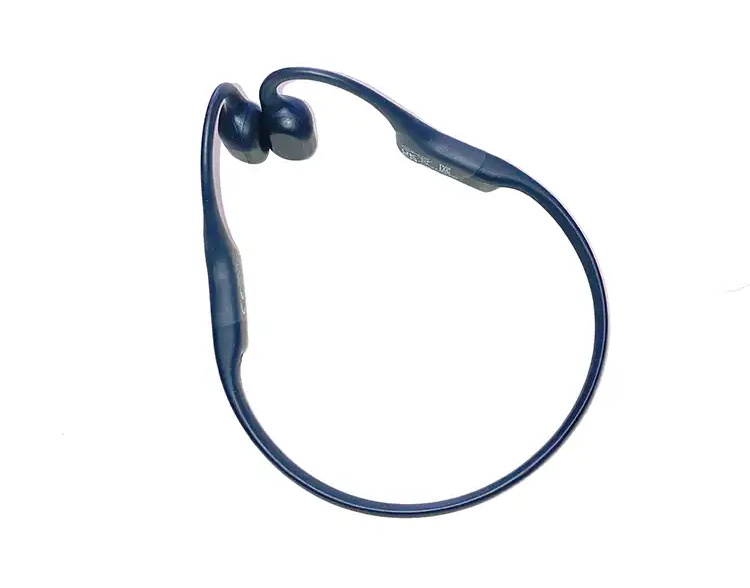
Sound does not travel in a vacuum. Sound needs air. Sound needs water. But bones? Last year, I got my first bone conduction headphones. When I first put them behind my ears, I was surprised to hear their sound as if it was coming through my ears. The next surprise awaited me when I switched off the sound: my cheekbones kept vibrating very gently. An inaudible after-sound.
The manufacturer explains on its website that they are using the same technique as marine mammals under water, or the composer and musician Ludwig van Beethoven who had gradually lost his hearing. I had always pitied and admired Beethoven for not hearing his 9th symphony and his ode to joy. Another surprise.
Now, through my little research on bone conduction I learn that 200 years ago Beethoven might have been an early adopter of the technique, if not a forerunner! With a wooden baton or drumstick between his teeth, I read, he transmitted vibrations from the piano to his jaw and through his cheekbones to his inner ear.
Like me today, he might have sensed that our cochleae do not care whether the sound waves penetrate through the air or are conducted by the cheekbones. As soon as they have been processed in the inner ear, our brains hear the vibrations as if they were coming from the air.